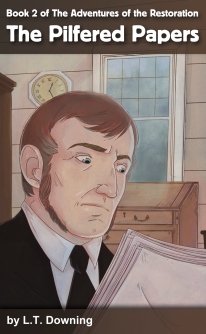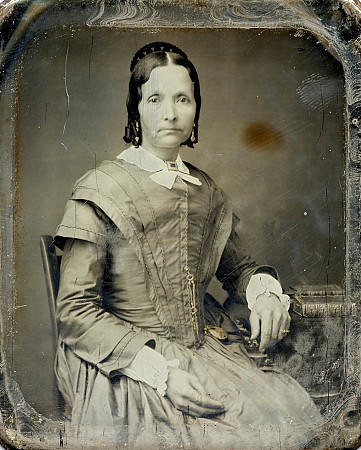 The first volume of L. T. Downing’s Adventures of the Restoration series, Get That Gold! (Zion BookWorks, 2013), drew on the conventions of adventure fiction—action, peril, fast-paced plotting, cliffhangers—to the early history of Joseph Smith and the Book of Mormon to create a compelling story that successfully kept its target audience of young readers on the edge of their seats.
The first volume of L. T. Downing’s Adventures of the Restoration series, Get That Gold! (Zion BookWorks, 2013), drew on the conventions of adventure fiction—action, peril, fast-paced plotting, cliffhangers—to the early history of Joseph Smith and the Book of Mormon to create a compelling story that successfully kept its target audience of young readers on the edge of their seats.
The recently-published second volume, The Pilfered Papers, attempts to replicate that effect in its telling of the lost 118 pages of the Book of Mormon manuscript. This is no easy task, however, since for much of the book, Joseph Smith and Martin Harris are sitting at a table as they translate the Book of Mormon. Moreover, when they are not translating, they are wrapped up in domestic scenes that depend more on the drama of human relationships and character growth than on action. This is the significant difference between Get That Gold!, which had chapter after chapter of physical action and intrigue, and The Pilfered Papers.
Continue reading Another Restoration Adventure: A Review of L. T. Downing’s The Pilfered Papers

 Mormon poetry has always been invested in history. The earliest Mormon poems, for example, argued for Mormonism’s place in the grand narrative of Israel. Later poems, fashioned in less apocalyptic times, sought meaning in Mormonism’s nineteenth-century struggle against the land, the world, and its own idealistic ambitions.
Mormon poetry has always been invested in history. The earliest Mormon poems, for example, argued for Mormonism’s place in the grand narrative of Israel. Later poems, fashioned in less apocalyptic times, sought meaning in Mormonism’s nineteenth-century struggle against the land, the world, and its own idealistic ambitions. A surprising number of Mormon novels came out in 2014,
A surprising number of Mormon novels came out in 2014,  Recently, the cover of Terryl and Fiona Givens’
Recently, the cover of Terryl and Fiona Givens’  Yesterday, as I was finishing
Yesterday, as I was finishing